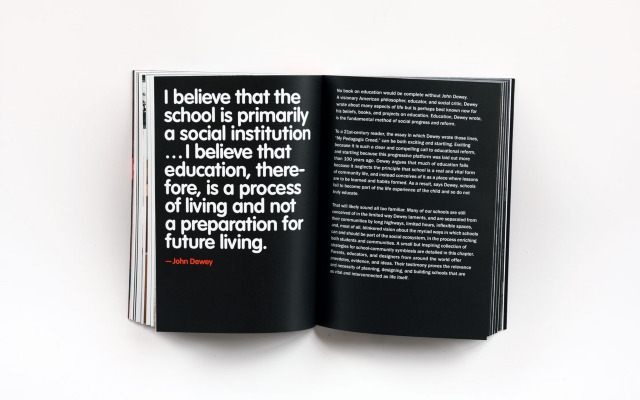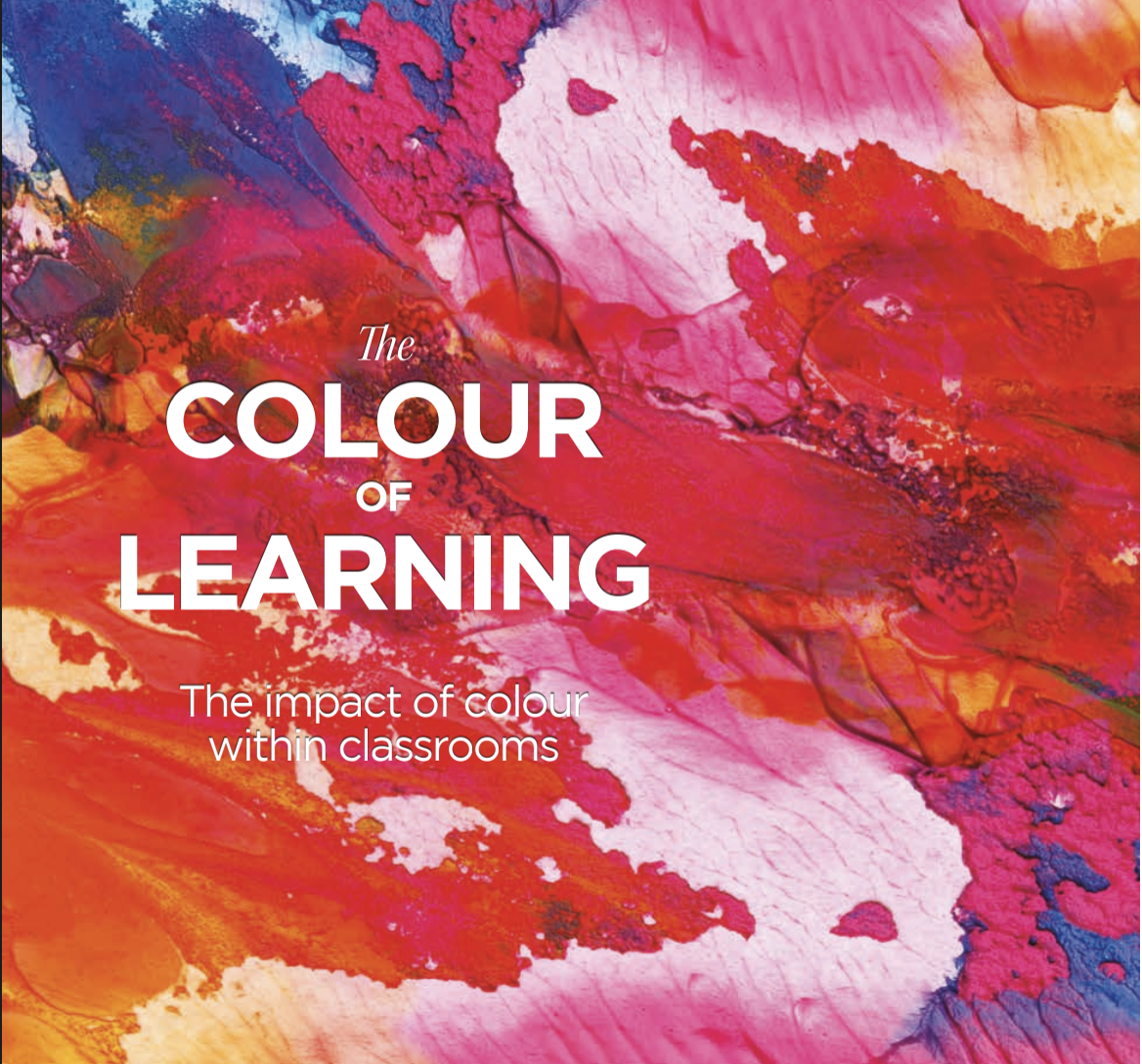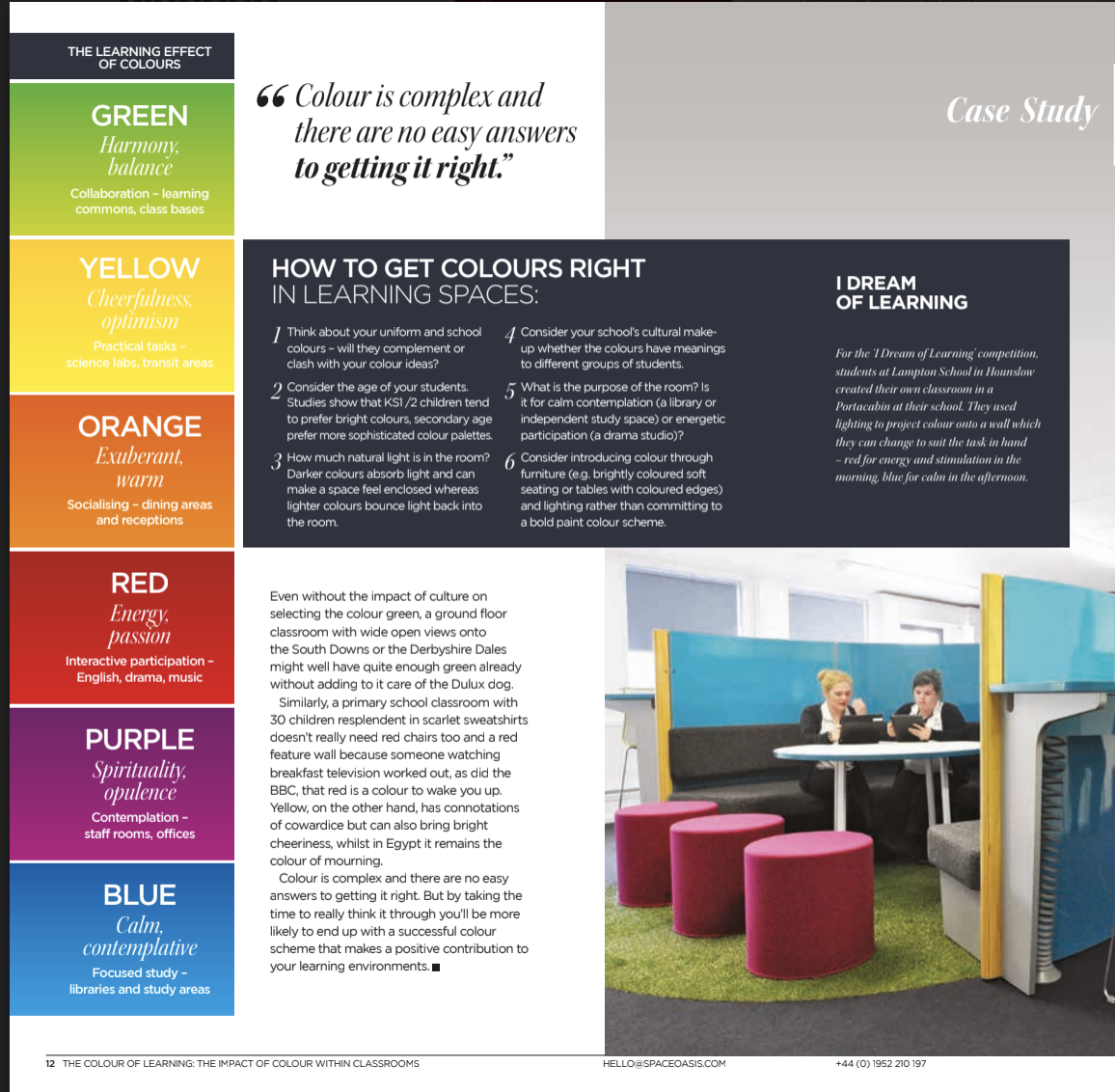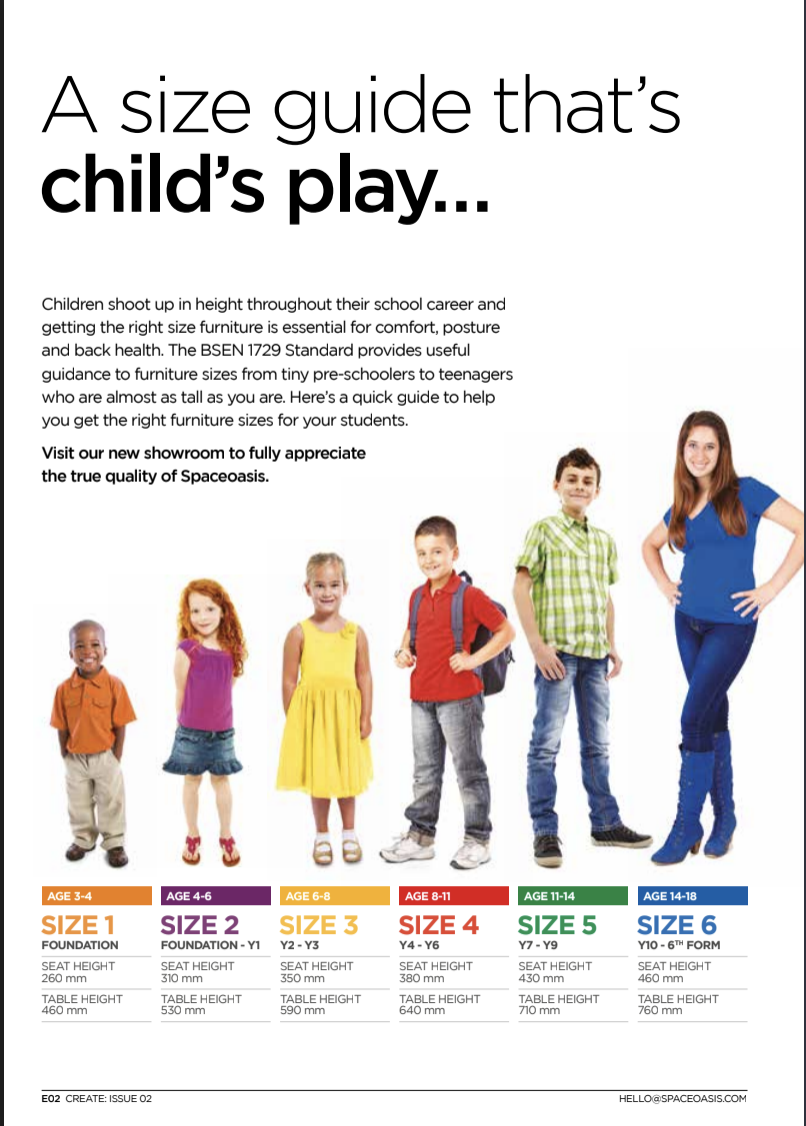In September of 2015 we at the ASFM Tech Integration department embarked upon the journey of redesigning experiences such as STEM, Blended Learning, and Learning Spaces. We took a group of educators on the on a week long tour of the possible through various schools and innovative organizations in California. I had previously been on trips of a similar nature when we were rolling out the 1:1 program at Seoul Foreign School and found it to be highly valuable as a new Tech Integration Coach. You don’t know what you don’t know and that trip broadened my horizon of what was possible so I thought we could do the same in Mexico.
Now while the insights compiled on that trip still serves as a valuable resource and was also a great team building event, what often happens is schools go on trips to other schools, or search the web for insights and end up adopting someone else's solution. The trouble is that is their solution which works for their community and when we are talking about space as a Third Teacher, you want to make sure that teacher knows your students. Therefore, I would encourage you to approach insight into concepts rather than tangible solutions.
Below are a brief collection of resources which we have found very helpful and I hope will provide guidance as you start thinking differently about learning spaces. Think of redesigning spaces as a continual journey into the possibility of a vision for learning and the space as a resource and tool for that. An articulate new vision for learning and process for bringing that to reality are essential to inform the space which act as a "Third Teacher". Until those aspects are clear, hold off on redesigning your space.
Courtesy of http://thethirdteacherplus.com/resources/
1. Third Teacher: 70 Ways You Can Use Design to Transform Teaching and Learning Book and Website: For us, this has been the most used and relevant resources for kick off the conversation about thinking differently about spaces with educators. Even though I have read it dozens of times, I still find a new insight whenever I pick it up. In a previous post, “Discovery as Insight”, I expanded on the potential use of this resource.
2. Make Space Book: This is the story, guide, and archive of the development of the d:School at Stanford, the Mecca for design. When redesigning spaces this resource really offers some tangible and achievable ideas for “setting the stage for creative collaborations.” Not a page is turned without a spark being lit.
Courtesy of Steelcase
3. Steelcase 360 Magazine: For us, and many schools and organizations, Steelcase is the industry standard when it comes to furniture solutions. Their 360 publication has released three publications, The Education Edition, The Creative Shift, and Making Space Disappear, which have pushed us to think differently and offered valuable resources. Click the link to download copy or view online. While Steelcase products are generally only appropriate for middle and high school at best, the concepts discussed in these publications are universal.
4. Create Magazine by Spaces Oasis: Space Oasis is furniture company based out of England and while we have not been fortunate enough to prototype their products, due to the cost of shipping from England, we have found their publication intriguing. Specifically their size and color guides which have given us a great jump off point for developing color palettes for spaces and design custom furniture with local designers and artists.
5. 7 Spaces for Learning: Ewan McIntosh’s video expands on Matt Locke’ 6 Spaces of Social media from 2007 and translates and applies them to education in a physical context. We have found this resources useful in the context of differentiation of learning spaces and while discussing the status of learning spaces in relation to this pre and post installation. I have summarized the main points below for a quick reference.
Summary of the 7 Spaces of Tech and Our Physical Schools Environments courtesy of Ewan McIntosh
6. Redesign of Spaces Deliverables/Manifestos: Sometimes it is hard to understand how the Design process translates a vision for learning into a spatial concept. For us at ASFM, we had a good understanding of the Design Process and an evolving depth of knowledge of what was possible, but it wasn’t until David Jakes shared some of this sample deliverables that we really started to understand the possible. Over the past 2 years we have redesigned a number of spaces and published the Deliverables and Manifestos of the spaces below. These are just a snapshot of the process but should give you an idea of the process.
7. Inspiring Spaces YouTube Playlist: These are a series of videos which can give you an idea of the process and purpose behind redesigning learning spaces. There is a variety of case studies, process walkthroughs, and tutorials or speeches to provoke thought into thinking differently about learning spaces.
These are a brief collection of resources which we have found very helpful and I hope will provide guidance as you start thinking differently about learning spaces. There are many more out there which are highly valuable and many which we have not come across yet that I hope you will share. Think of redesigning spaces as a continual journey into the possibility of a vision for learning and the space as a resource and tool for that. An articulate new vision for learning and process for bringing that to reality are essential to inform the space which act as a "Third Teacher". Until those aspects are clear, hold off on redesigning your space. For more, check out my post, "Process Matters".
In an upcoming post I am going to share how we have taken all these insights, along with empathy building and observations, to develop our universal design principals which now inform all spaces redesigned at ASFM. We are on the journey towards redesigning a representative sample of learning spaces in grades Nursery through 12 and in all content areas. We will continue to share the story here an on www.ASFMLearns.com.











